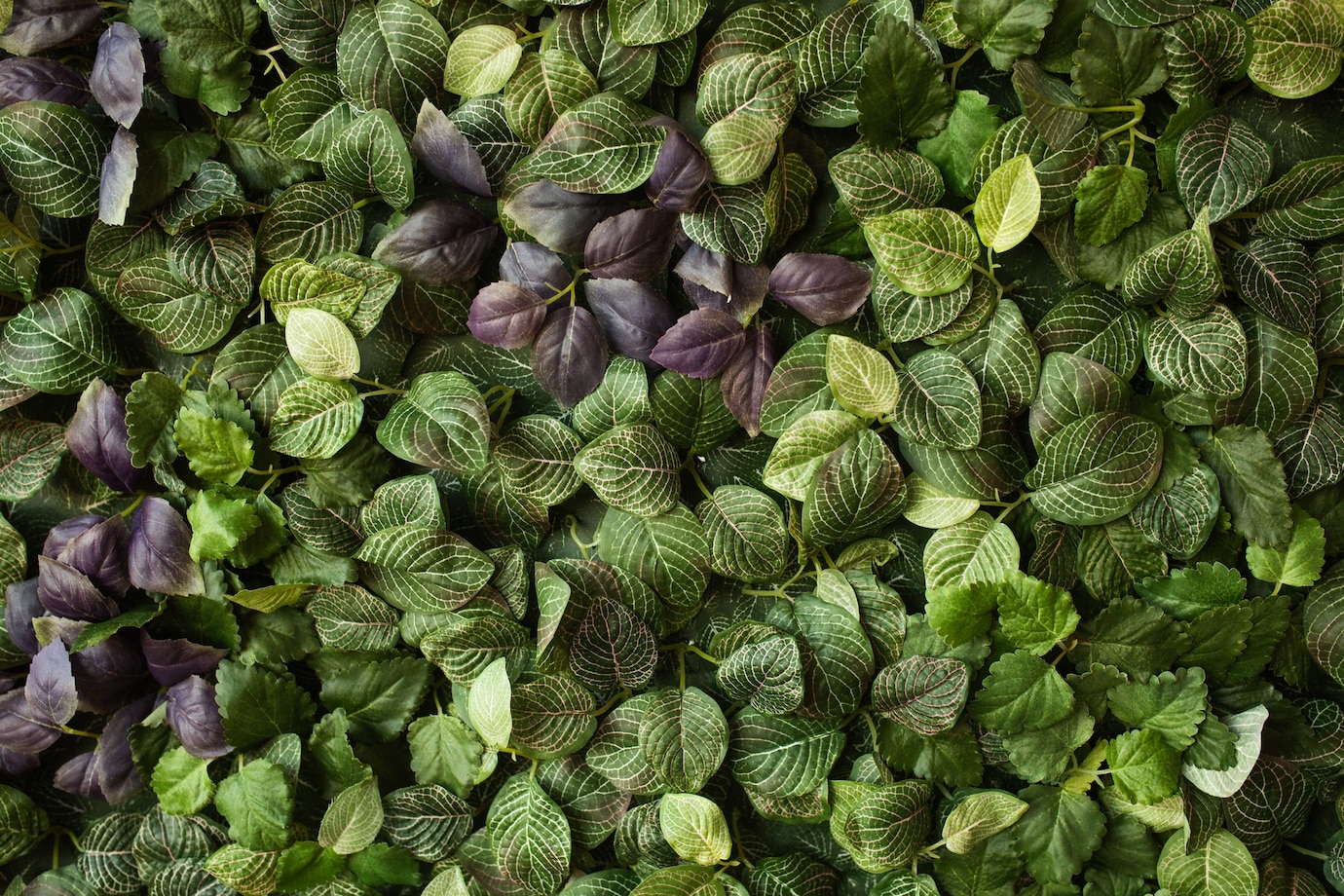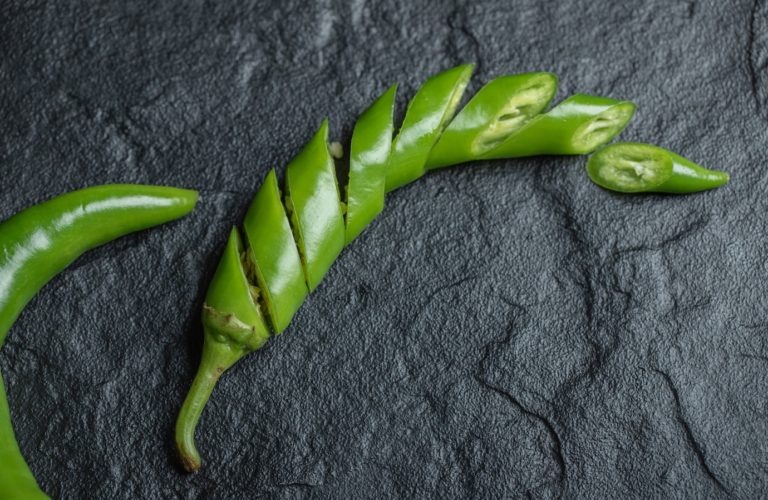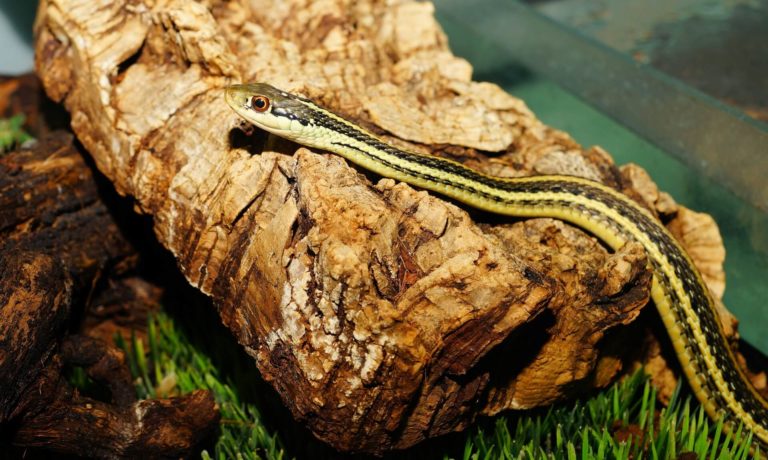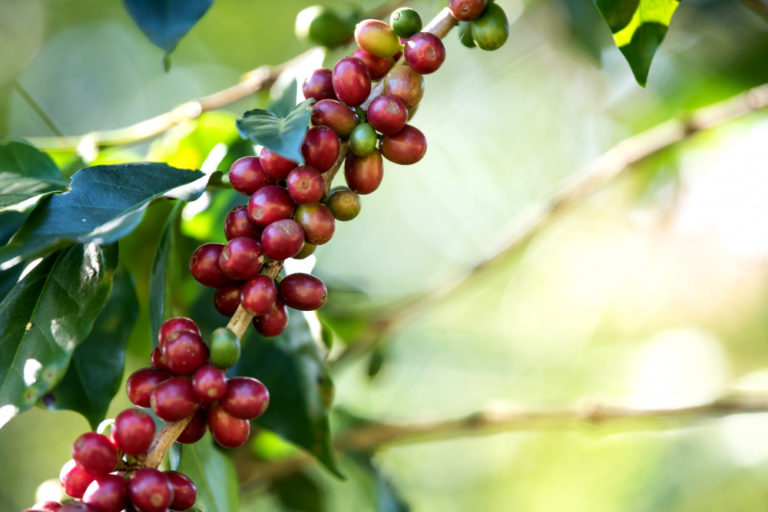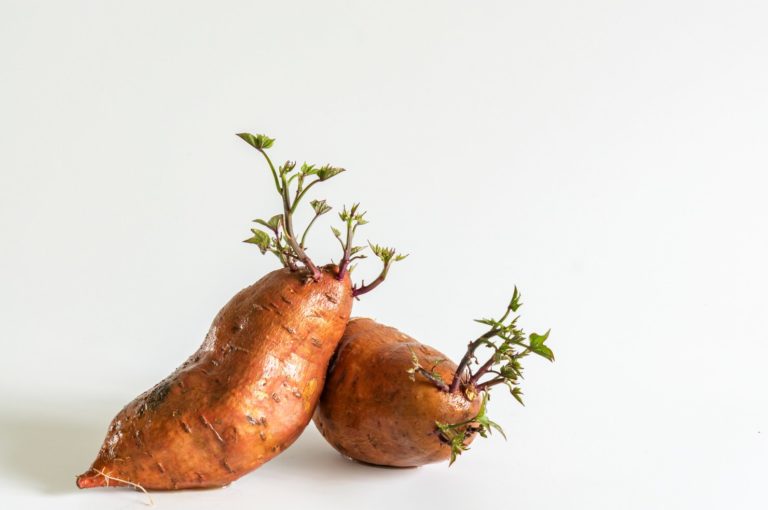Best Plants for Vertical Gardens
If done right, vertical gardens look absolutely stunning! They have been around for centuries, and they keep plants safe from insects and pests. Building a vertical garden can be a smart choice if you are planning to build a garden in your home but don’t have enough space on the ground.
Having vertical gardens can add a pop of color to your home, spruce up a dull wall, and make your home vibrant. You can add plants to your patio, balcony, porch, or even bathroom! Yes, you can have a vertical garden near your bathroom and make it greener and brighter.
The best plants for vertical gardens
However, when starting a vertical garden, selecting the right plant is crucial. While the right plants can make your space livelier, the wrong ones can ruin its appeal.
If you are planning to start a vertical garden and are confused about which plants to select, you have reached the right blog post. Today, we will tell you about some of the best plants for a vertical garden that look good and are easy to plant.
From delicious edible plants to beautiful flowers, we have many choices for you. By the end of this piece, you will have a pretty clear picture of your vertical garden in your head.
Sounds exciting, right? So, without further ado, let’s get started!
Things to Consider Before Choosing the Best Plants for Vertical Gardens
Before we talk about the best plants for your new vertical garden, let’s look at some of the things you must consider before picking your vertical garden plants.
Growing Conditions
This is one of the most essential things to consider before finalizing the plants for your garden. This is because not all plants can grow in the same condition. Some require bright, direct sunlight, while others need partial sun. Similarly, some plants thrive in a bit colder environment and need shade for growing.
For example, you must grow plants that require more sunlight in the north-south direction. So, check the plant tag and gather full information about the seeds you want to plant. Then see whether your home’s location and the region’s conditions can satisfy the plant’s needs or not.
Drainage
Make sure your vertical garden wall has a proper drainage facility so your plants can have the right amount of moisture.
Proper drainage is essential for the right growth of your vertical garden plants. In its absence, your plants can drown in excess water, thereby running all your efforts.
6 Signs You’re Overwatering Your Indoor Plants and What to Do About It
Many people enjoy growing plants, but overwatering can be a common mistake.
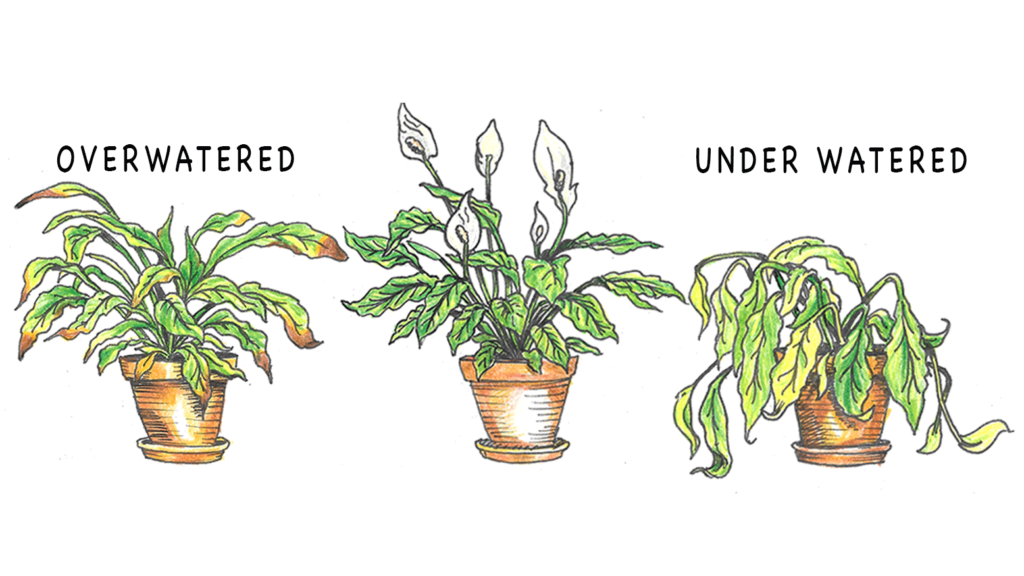
Your Preferences
Lastly and most importantly, it is always the best choice to go for the plants you really want to grow. Do not opt for a vertical garden plant just because someone said it would look good in your home.
Now, if you are building a vertical garden for the first time, understanding your preferences can be a bit tricky. So, the best way to find out what you like is by trying different things and seeing what works best for you.
Try out different varieties of plants like succulents, ferns, or air plants. Play a bit with color and hanging mediums, and so on. This will give you a pretty clear idea about what you like and what looks the best in your space.
Choosing the Best Plants for Vertical Gardens
Now that we have discussed the basics let’s quickly look at some of the best plants that will help you create a stunning vertical garden.
As we have already mentioned, when it comes to vertical gardens, you do not have to limit yourself to basic flowers or succulents. In fact, you can plant delicious veggies, herbs, and a large number of beautiful flowers in your vertical garden.
Let’s have a look at some of our top choices:
Edible Plants
Growing edible plants like tomatoes or spinach in your vertical garden is not as complicated as you may believe it. You can produce a large number of edible plants quite easily.
All you need to do is provide the plants with the right amount of sunlight, nutrients, and water, and you will be able to enjoy fresh, nutritious vegetables and leafy greens. Here are some of the best edible plants that we recommend growing in your vertical garden:
Nightstand Plants
These plants grow exceptionally well in the vertical garden setup and are super easy to grow.
Nightstand plants include tomatoes, potatoes, eggplants, and peppers. These plants provide plenty of antioxidants and vitamins. Thus, they are a great option for your kitchen.
- Tomatoes: They require highly-nutritious and well-drained soil for proper growth. You can plant tomatoes in the form of bushes and vines. Further, if you have decided to grow tomatoes in your vertical garden, place them in a spot that receives full sunlight – something tomatoes prefer.
- Peppers: Peppers can be of different types and colors. You can grow yellow, red, and green peppers in your vertical garden. They need similar growing conditions to tomatoes, so you can grow them easily too. Using peppers is the perfect way to add a distinctive taste and beautiful colors to your meals.
This post will discuss everything you need to know about growing chili peppers indoors.
Root Vegetables
In your vertical garden, you can also grow root vegetables like radishes, garlic, carrots, etc… These vegetables will look fantastic in your garden and are also super easy to harvest, as you will not have to bend down to pull them out.
Here are some root veggies that we recommend growing in your vertical garden:
- Carrots: Carrots thrive in winter. Most varieties of carrots enjoy the full sun and should be planted in the early months of spring or fall. You need to have loose, light, and sandy soil for them. Ensure that the soil you are using isn’t too heavy because it can hamper the growth of carrots and prevent them from reaching their full potential.
- Garlic: This is one of the easiest plants to grow in your vertical garden. Unlike several other plants, garlic plants don’t need much space to grow. Thus, you can plant them in small pots and hang them on a wall. Make sure to provide the garlic with well-drained and moist soil.
Garlic is a whole-package crop, so it’s only natural to consider growing it.
Leafy Greens
These are the favorite edible plants for vertical gardens!
Every person who owns a vertical garden will have at least one leafy green planted. This is because these plants look stunning in your garden and are quite easy to grow. Plus, they are a staple in every salad you may want to prepare.
Here are some leafy greens that you can grow in your vertical garden:
- Spinach: It is a cool-weather plant that should be planted in the early spring months. It is rich in vitamins and can be used in various recipes. You can make salads, pasta, soups, and a lot more with spinach. Spinach should be planted in nitrogen-rich soil mix weeks before the final first of the year. Protect your spinach from direct sunlight and plant it in the shade.
- Lettuce: Just like spinach, lettuce also prefers cool weather. They should be planted in well-drained soil in the spring. Ensure to water your lettuce plants, so they stay fresh and do not wilt. Additionally, it is also essential to harvest lettuce when they are young. They will become woody and bitter if you let them grow too big.
- Baby Greens: Baby greens like kale, broccoli, and arugula are one of the easiest plants to grow. You can buy a variety of baby greens from the market and plant them in individual pots in your vertical garden. Just keep providing them with good water and sun, and you will be able to enjoy fresh harvest for a long time. They will make your salads more nutritious, colorful, and delicious.
Flowering Plants
Apart from edible plants, flowering plants are another top favorite choice of gardeners for their vertical gardens.
Planting flowering plants is a great way to add a pop of color to your house and make it more vibrant. Whether you want to spruce up a boring wall or want to decorate your balcony, flowering plants can fulfill most of your needs.
Here are some best flowering plant options for your vertical garden:
- Geranium varieties: These flowers grow in the hues of deep red, pink, scarlet, etc., and look absolutely stunning! Geranium varieties require well-drained potting soil and medium-light to thrive. The best thing about them is that they last for an entire gardening season, so you will have vibrant blooms in your vertical garden for a long while.

- Peace Lily: It is a simple but incredibly beautiful flowering plant that grows quickly. They are also super easy to grow and need very little maintenance. Peace lilies can easily survive in low humidity and low sunlight. All you need to do is water them at least once a week and use distilled water to spritz their leaves.

- Star Jasmine: This plant produces a cluster of adorable white flowers with a delightful fragrance. You can grow Star Jasmine on a trellis, and they will surely perfume the entire space where they are planted.

Plants for Indoor Vertical Gardening
To have an ideal vertical garden, you must choose some specific plants that can thrive in low light. Here are our top three recommendations:
- Ferns: Ferns require bright and indirect light. Thus, you can easily hang them close to your room or kitchen window.
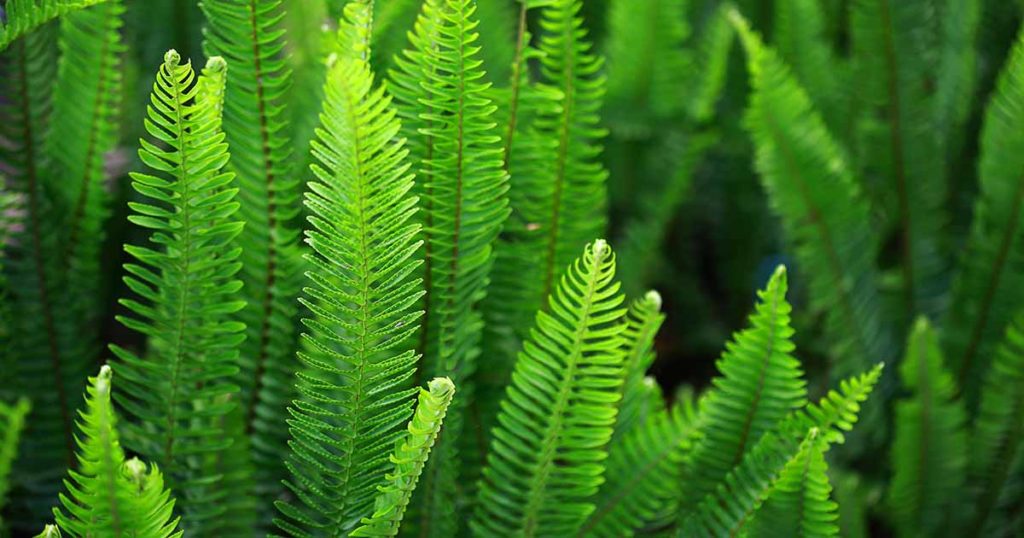
- Orchids: Orchids are beautiful flowering plants that produce blooms in the hues of purple, orange, yellow, white, and a lot more. They thrive in indirect light, making themselves perfect for indoor vertical gardening.
- Air Plants: Air plants are perfect to be grown in bathrooms or kitchens. You can hang them close to a wall where you can easily dip them in water.
How to Style Your Vertical Garden
Now that we have learned about some of the best plants for a vertical garden let’s look at some ways in which you can plant them in your garden.
You can use various styling and plating methods to enhance the beauty of your vertical garden. You can grow your plants in small pots and hang them on your porch or balcony. You can also buy a pocket garden or gutter garden and grow plants in them.
Here are some excellent ideas for styling your vertical garden:
Use hanging baskets
Using hanging baskets is a great way to grow a charming hanging garden in your space. Using hanging baskets can be terrific if you want to create a vertical garden on your balcony, living room, or porch.
You can grow a variety of succulents and flowering plants in these baskets and position them at different heights in your room.
Grow Flowering Plants in Suspended Pots
Flowering plants like orchids look gorgeous in suspended pots. You can assemble small pots, sow the seeds you want to grow, and dangle them from a bar in your living room. These colorful pots can make any room shine!
Pocket Garden
Buying a pocket garden can be a wise choice if you want to have an outdoor vertical garden. A variety of pocket gardens are available in the market in different sizes.
You can also DIY your own hanging pocket garden with the help of denim clothes, planters, and more. Using cloth-made pocket gardens is a great way to grow herbs and other small plants.
The Bottom Line
So there you have it – our choices for the best plants for a vertical gardens. We hope you found this blog post helpful and that we have made it easier for you to choose the right plants for your vertical garden.
Go through the above-mentioned plant options and styling ideas for your vertical garden. We are sure you will be able to come up with a stunning vertical garden in no time.

